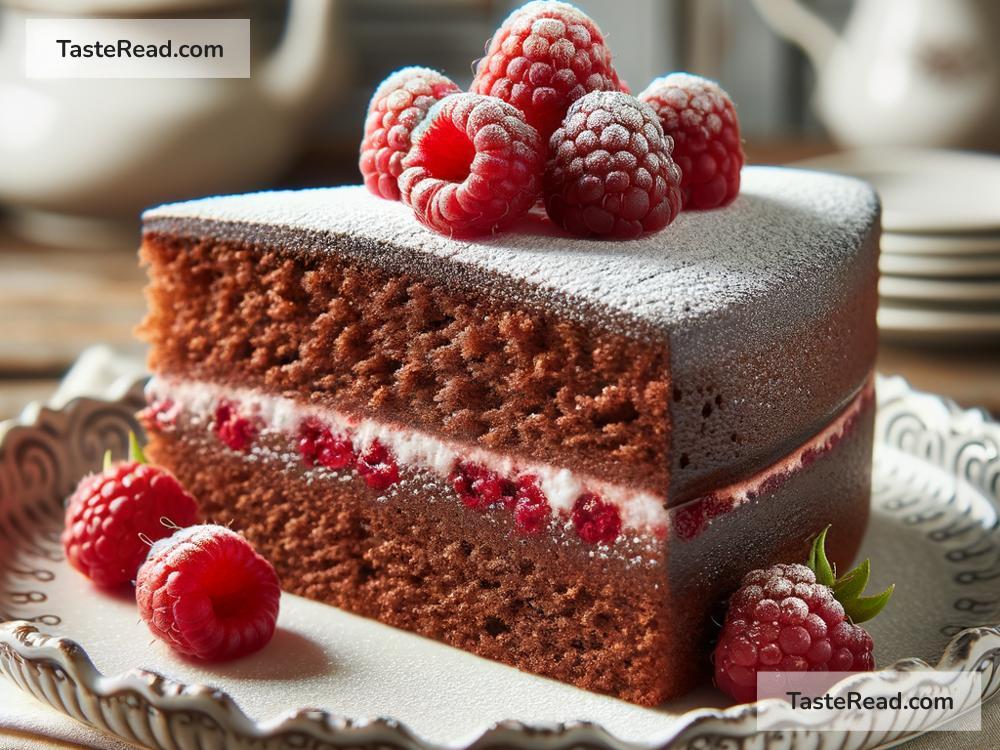How to Bake Delicious Gluten-Free Cakes Without Eggs
Baking is an art that brings people together, fills homes with delightful aromas, and caters to our sweet tooth. But for those who either can’t have gluten or eggs due to allergies, health reasons, or dietary choices, traditional baking recipes aren’t always suitable. The good news is, baking mouth-watering cakes without gluten or eggs is not only possible, but it can also be quite simple and fun. Here’s how you can do it.
Understanding Gluten-Free and Eggless Baking
Before getting into the specifics, it’s important to understand what ‘gluten-free’ and ‘eggless’ really mean. Gluten is a protein found in wheat, barley, and rye, and it gives baked goods their structure and stretch. Eggs, on the other hand, are used for binding, leavening, and adding moisture. Removing both from your baking requires some creative swaps, but don’t worry, there are plenty of alternatives available.
The Ingredients Swap
Flour Alternatives
For gluten-free baking, you’ll need a gluten-free flour mix. These are widely available in supermarkets but read the label to ensure they’re also free from egg-replacements if you’re avoiding eggs. You can also make your own mix using rice flour, potato flour, and tapioca flour. Adding xanthan gum to your flour mix can help replicate gluten’s elasticity.
Replacing Eggs
Eggs can be replaced with several alternatives, including:
- Applesauce: Adds moisture and acts as a binder. It’s perfect for cakes, giving them a slightly fruity taste.
- Banana: Mashed banana works similar to applesauce and can add a hint of banana flavor.
- Flaxseed or Chia Seeds: Mix 1 tablespoon of ground flaxseed or chia seeds with 3 tablespoons of water to replace one egg. It’s great for adding a nutty flavor and extra fiber.
- Vinegar and Baking Soda: This combination can act as a leavening agent. Mix 1 tablespoon of vinegar with 1 teaspoon of baking soda to replace one egg.
- Commercial Egg Replacers: These are readily available in many health food stores and are formulated to mimic the properties of eggs in baking.
Dairy and Sugar Alternatives
If you’re also avoiding dairy, opt for plant-based milk like almond, oat, or soy milk. For a healthier sugar alternative, consider using pure maple syrup, agave nectar, or coconut sugar.
Let’s Bake a Cake!
Now that you know the basics of gluten-free and eggless baking, let’s bake a simple vanilla cake.
Ingredients:
- 1 ½ cups gluten-free flour mix
- 1 cup sugar (or alternative sweetener)
- ½ cup butter or dairy-free butter alternative, softened
- 1 cup plant-based milk
- 2 tsp baking powder
- ½ tsp xanthan gum (if not included in your flour mix)
- 1 tablespoon apple cider vinegar
- 1 tablespoon vanilla extract
- ¼ tsp salt
Instructions:
- Preheat your oven to 350°F (175°C) and grease a 9-inch cake pan.
- Mix your wet ingredients: In a large bowl, whisk together plant-based milk, apple cider vinegar, vanilla extract, and softened butter until smooth.
- Combine dry ingredients: In another bowl, whisk together the gluten-free flour mix, sugar, baking powder, xanthan gum (if using), and salt.
- Combine wet and dry: Slowly add the dry ingredients to the wet ingredients, stirring until just combined. Avoid overmixing to keep the cake light and airy.
- Bake: Pour the batter into the prepared cake pan and smooth the top with a spatula. Bake for 30-35 minutes or until a toothpick inserted into the center comes out clean.
- Cool: Allow the cake to cool in the pan for 10 minutes, then transfer to a wire rack to cool completely.
Decorate your cake with frosting or fresh fruit as desired. Remember, gluten-free and eggless cakes can be just as delectable as their traditional counterparts.
Conclusion
Baking gluten-free and eggless cakes doesn’t have to be daunting. With the right ingredients and a bit of creativity, you can create delicious cakes that everyone can enjoy, regardless of dietary restrictions. So, grab your mixing bowl and let the baking adventure begin. Who knows? You might just discover your new favorite recipe.


